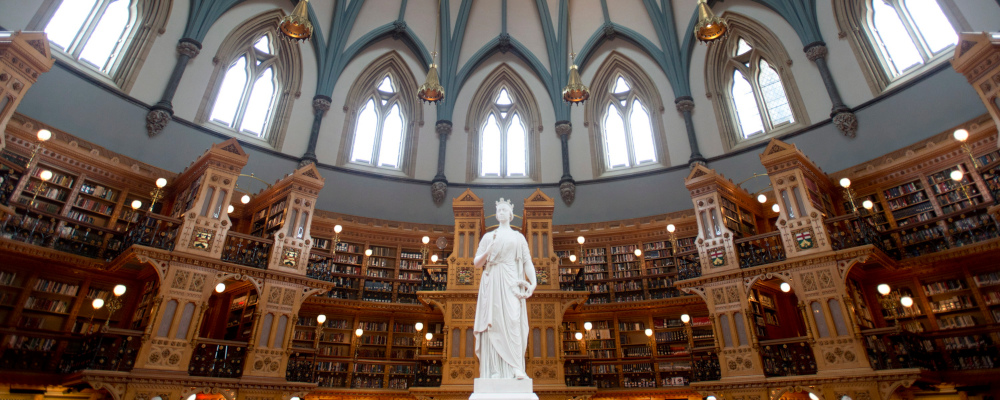So then: happy 205th birthday dear old Queen Victoria. Rather remarkably, strangely even and embarrassing for some, Canada is the only one of Victoria’s many realms (or former realms) that still celebrates her birthday with a day off from work and civic fireworks.
And even in Canada, of course, you could not say this was a universally admired birthday celebration. Our “two solitudes” endure, and in Quebec, Victoria’s birthday has never been celebrated, although there are still lots of places and institutions named after her throughout the province. As for Anglo-Canada, there are also—always—voices decrying “colonialism” who are keen to come up with a whole bunch of rollicking names to replace “Victoria Day”, no doubt plucked from blameless obscurity.
So how on earth has the holiday endured? Very good question, class. Except we hardly have any classes in Canada anymore explaining civic and constitutional history. Even as we embrace self-laceration as the new alternative to national pride and inadvertently keep imbibing an echo culture from south of the border, the Old Girl’s annual birthday celebration keeps popping up on our calendars. At the very least, you could say, it does inject something distinctively different into the echo chamber. On the other side of that chamber, by the way, there are a number of sweet folk down south (and, God help us, possibly also in our own home and native land) who think Tim Horton was a former president of Canada.

Up until the seemingly endless reign of Queen Elizabeth II, Victoria held the prize for longest serving Sovereign (63 years on the throne). When she died in 1901, the British Empire and its realms and colonies were either at the zenith of their relationship with the Crown or on the way down, judging by Rudyard Kipling’s famous Diamond Jubilee poem, “Recessional”, in honour of the Queen-Empress:
The triumph and the shouting dies;
The Captains and the Kings depart…
Far-called, our navies melt away,
On dune and headland sinks the fire:
Lo, all our pomp of yesterday
Is one with Nineveh and Tyre!
That was written in 1897, a century and a quarter ago. So the question can be asked again: why is Victoria Day still a deal today, and only in Canada?
I think part of the reason is very hum-drum and ranges between Canadian orneriness, some residual strands of respect for our own distinctive history, and perhaps also because, deep down, many Canadians understand instinctively that a country that keeps eschewing or rewriting its past will end up with not much of a future. The corollary to this last point is that a truly mature country—one with a system of continual self-governance that is older than most countries on the globe today can boast—rather likes those elements in its national life which seem distinctive. Canada during the long reign of Queen Victoria came of age as a self-governing dominion and managed to carve out a democratic entity of significance set against the horrendous Civil War in the United States.
And then there is the Indigenous issue which wouldn’t even have entered a public discussion about Victoria Day up to a couple of decades ago. Prior to being even a self-governing colony, and well prior to Confederation in 1867, the Crown had a distinctive relationship with the original occupants of these lands. It is only recently that we have been able to see that the treaty relationships between the Indigenous nations and the Crown offer a far better reconciliation matrix to move forward in some degree of harmony than anything that has been tried before or since.
Fact: on a fair day in 1838, barely two years into Queen Victoria’s reign—before Prince Albert came a-courting, while rebellion was still very much in the air in Upper and Lower Canada, and a year before Lord Durham’s report was presented to the parliament in Westminster—a young, confident and handsome Mississauga Ojibway chief named Kahkewaquonaby (meaning “sacred waving feathers”) came knocking at the doors of Windsor Castle dressed in his finest leather from head to toe and asked to make an appeal to his Sovereign. The door was opened and tea and sympathy were offered. The Mississauga chief had come to settle a dispute back home with colonial administrators and asked the young Victoria if she would intercede on behalf of the Mississauga community to have the title deeds of their land handed over to their own care so that future incursions into their treaty territory could be parried with documentation. The Queen promised to look into the request and in due course the deeds were handed over.
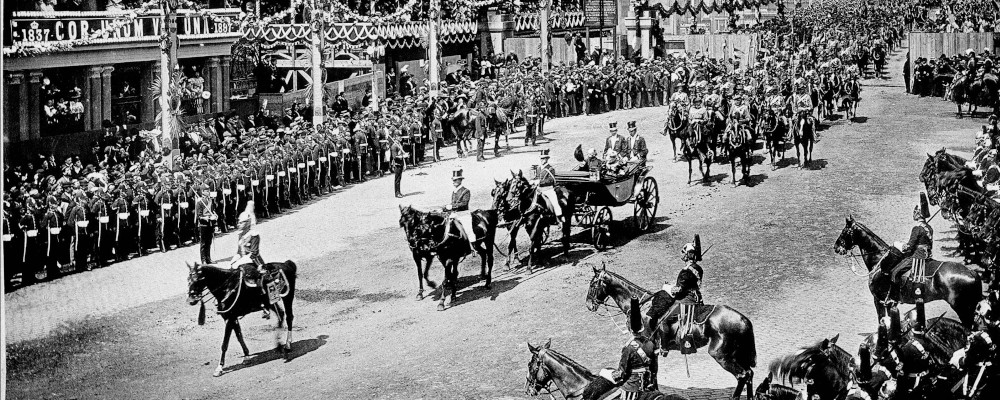
More recently, the relationship between the Mississauga Nation and the Crown received a sweet enhancement when Queen Victoria’s great-great-granddaughter, Queen Elizabeth II, approved a third Canadian Chapel Royal upon a joint appeal by Massey College in the University of Toronto and the Mississaugas of the Credit First Nation. The other two chapels, associated with the Mohawk nation, are in Brantford and Deseronto. Not only is Canada the only country in the world that remembers Queen Victoria with a national holiday, it is also the only country outside the United Kingdom itself with Chapels-Royal which owe their legitimacy directly to the Sovereign.
When the Chapel Royal designation at Massey College was first proclaimed on National Indigenous Day in 2017 during the muted sesquicentennial celebrations, it was the strangest of time journeys. This is typical of the unpredictable ways of unfolding history, and in this case, there was a metaphysical link made between the day Mississauga Chief Kahkewaquonaby (whose Christian name was Peter Jones) came calling on a young Queen Victoria at Windsor Castle, and the then-chief of the Mississaugas of the Credit, Stacey Laforme, was acknowledging the significance of the renaming:
“My people’s ancestors were at Niagara when the Silver Covenant Chain of Friendship was extended into these lands over 250 years ago,” said Chief Laforme at a historic gathering around a council fire created in the centre of the College’s beautiful quadrangle. “It is in the spirit of that gathering that this chapel will serve as a place to gather regularly for this and future generations.
“Confederation set aside our treaty relationships, beginning a very dark chapter in the relationships between Indigenous and non-Indigenous peoples on these lands. The establishment of a Chapel Royal—a space to reflect, learn and reconnect—by Her Majesty and the Massey community 150 years later is a profound act of reconciliation. It will become, in effect a new council fire for our peoples to gather around in love and friendship.”
So happy post-colonial Victoria Day. Thanks to the better parts of our history, there are still good reasons to raise a glass, enjoy the day off and be grateful to live in such an amazing country which, for any of its flaws, still struggles towards the light and is not yet cut off from its past.
Recommended for You
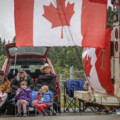
Michael Kaumeyer: Polite decline: Canada’s aversion to being our best is holding us back
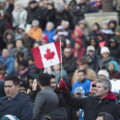
Howard Anglin: Lament for a Lament
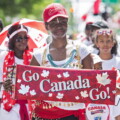
‘A place where anybody, from anywhere, can do anything’: The Hub celebrates Canada Day
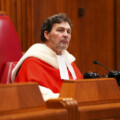
Ian Holloway: The Supreme Court is ditching its iconic red robes. Yes, it matters

